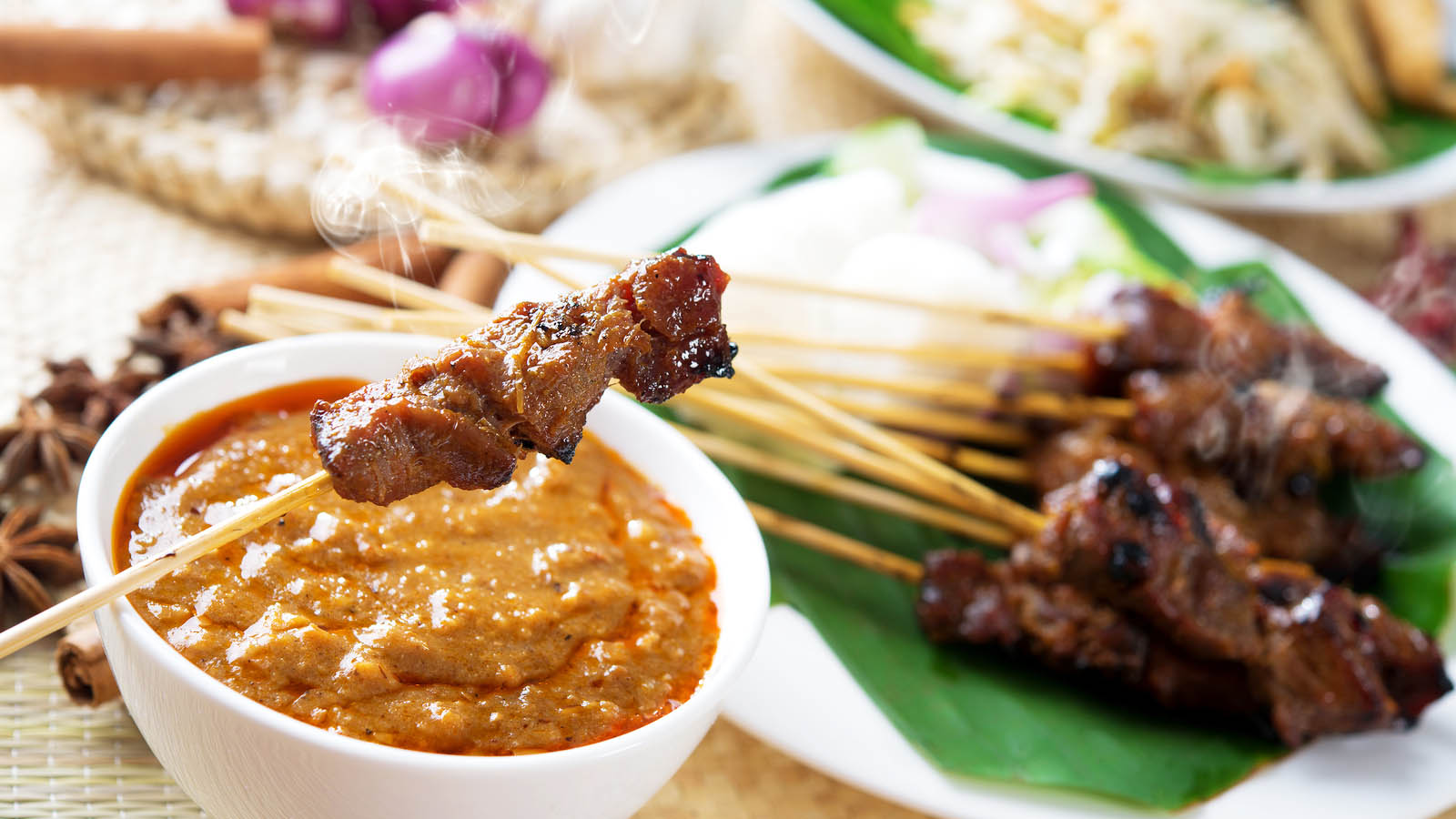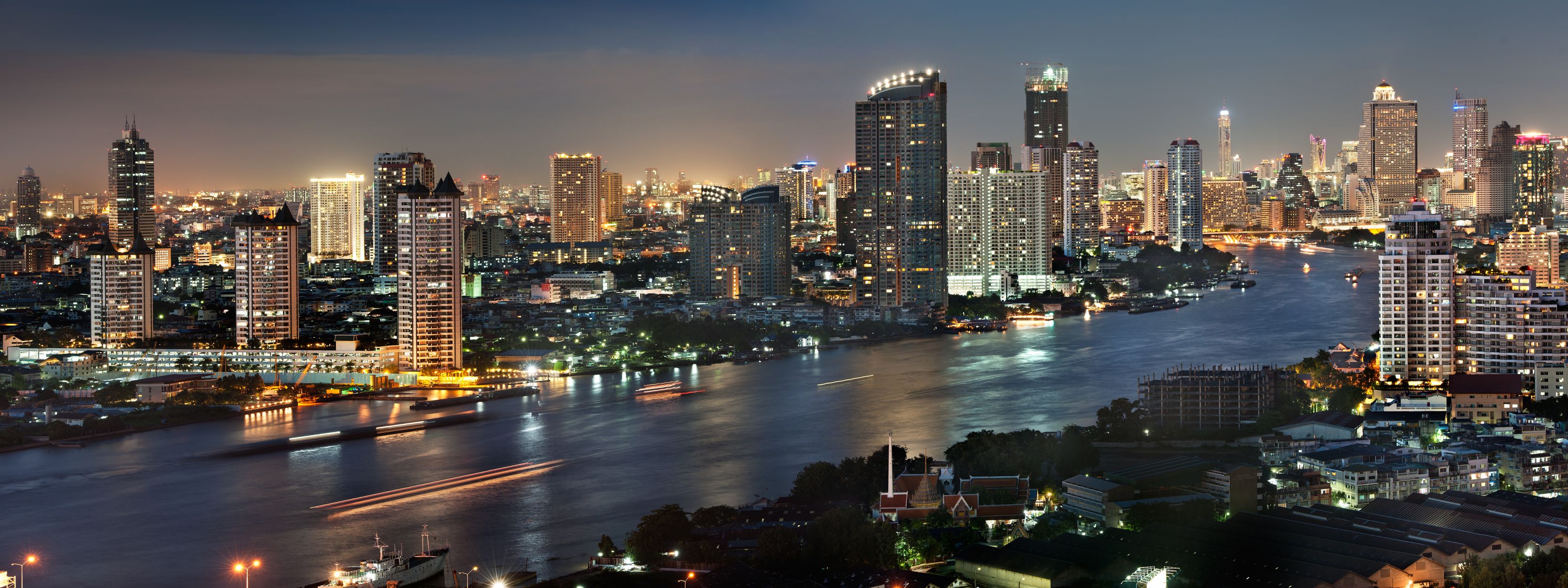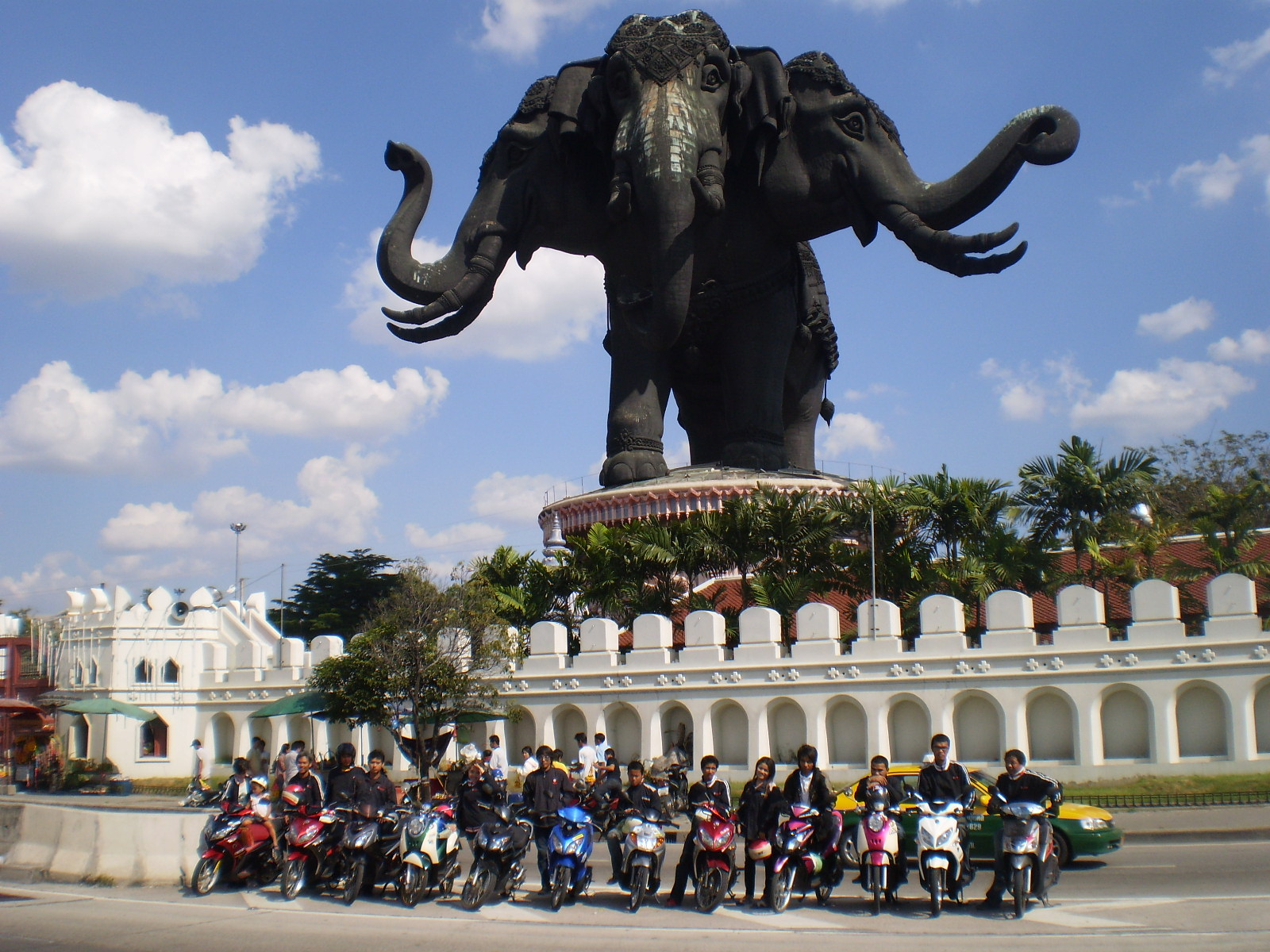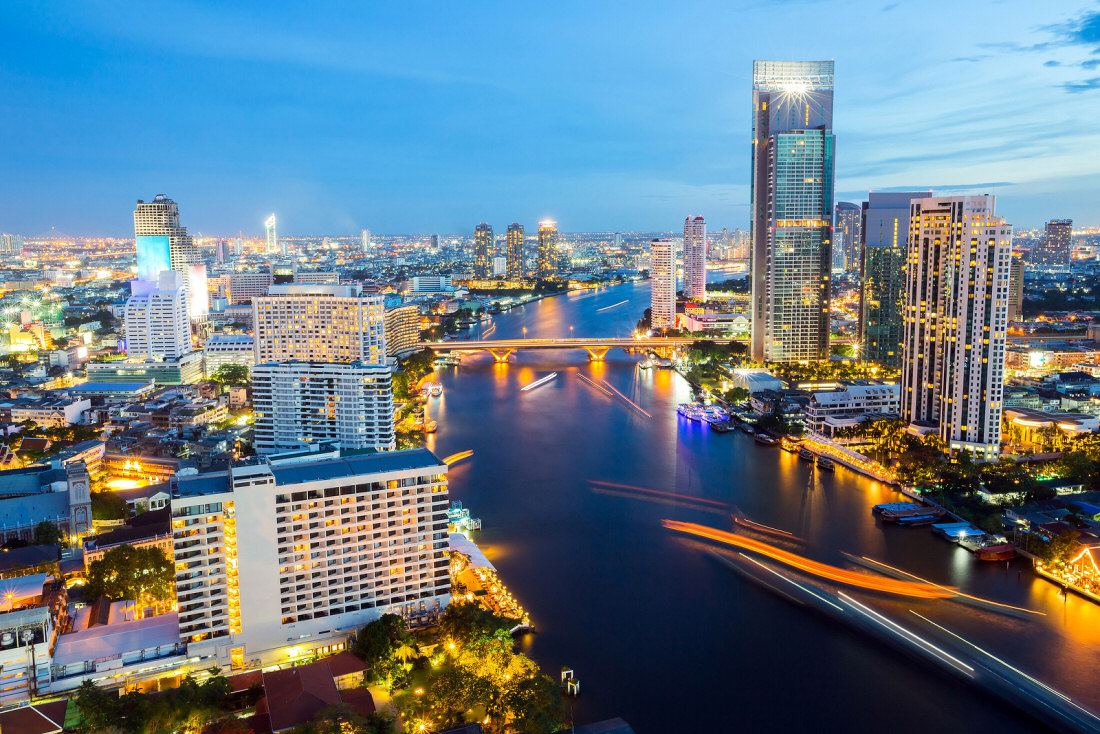I’ve been back from my trip to Singapore for about a week now, and while I’ve mostly finished digesting from my six-day noodle bender, I feel like I’ve only begun to wrap my head around the depth and diversity of the food scene there. Singapore is a tiny country with a voracious appetite: “we’ll eat five or six meals a day,” one local told me. “I’m not saying that to impress you—we really do.”
Like in Malaysia, those meals will draw from Malay stir fries to Chinese noodles to Indian curries, all slurped down with coffee, hot gingery tea, or the sweet and herbal citrus vibe of calamansi limeade. And no matter where you are, or what you’re eating, you’ll hear someone tsk-ing about a better noodle, porridge, or bean curd at their favorite hawker.
Never has this New Yorker heard arguments more cutthroat about the best food in town. This is a country of five million dead-serious eaters, the kind of people who ask, “have you eaten?” as a form of greeting.
It’s also a nation full of contradictions: a fervent post-colonial drive to be Western in all things against a patchwork of immigrant cultural traditions that refuse to be ignored. Food from Singapore hails from everywhere, but also, in a sense, from nowhere: the local cuisine is defined by what it’s borrowed, and how those puzzle pieces are assembled into something totally unique.
What is Singaporean cuisine? It’s food you eat in Singapore. Bak kut teh may have come from Southern China, and fish head curry from Southern India, but today they’re just Singaporean.
It’s a crazy country that can set your head spinning, but food, of all things, will keep you grounded. You’ll find fragrant coconut jam on toast in the shadow of skyscrapers, and hear the crack of crab shells in the alleys of red light districts. Wherever I was, and whatever I was doing, I always had the sense that I was in the company of people who cared deeply about what they ate.
With that preface out of the way, get ready to dig in.
Essential Findings
If I had to briefly answer what I learned from my trip, it’s this: my cheapest meals were some of my best, I could spend the rest of my life eating in hawker centers, and f*@k, these people know how to make noodles. You could spend a trip—or an expat’s lifetime (not that I’ve thought about it or anything)—eating nothing but noodles for less than $5, and feel like you’re on top of the world.
If there’s anything that ties the endless array of Singaporean food together, it’s how good they make humble ingredients taste. A plate of rice and egg noodles stir-fried with shrimp stock and lard tastes way more vibrant and interesting than you’d think it has any right to. A spoonful of quivering tofu from a plastic carton will change your relationship with bean curd.
This kind of perfection in simplicity can only come from a place where eating is a way of life unto itself. And where a meal is judged solely by what comes on the plate—fancy restaurants and big name chefs not necessary.
A World of Influences
ingapore is seated at the cultural crossroads of an entire food-crazy continent. By the numbers, it’s roughly 74% Chinese, 13% ethnic Malay, 9% Indian, and 3% Eurasian. As one of the wealthiest countries in Asia, it’s drawn workers in from everywhere, and where large populations of immigrant workers go, good food is sure to follow. Singapore feels similar to New York in this way: not only is it a glass-towered metropolis of wealth; it’s also a hotbed for a half dozen or so different ethnic groups making—and cooking—their way through the world.
Some fascinating cultural fusion has emerged as a result. The Peranakan/Nyonya population is the product of marriage between Chinese immigrants and Malaysian natives, which has created a food culture all its own. The Indian food satisfies Asian tastes as much as anything else; some of the dishes bear only a passing resemblance to their Indian subcontinent counterparts. And ingredients from everywhere figure into the local cuisine; I mean centuries-old cultural borrowings and brand-new imports that arrive every day.
There are plenty of distinct dishes, though. Many of the Chinese recipes are straight imports from their Hokkien and Teocheow homes, even if they’ve underwent local modification over the decades. Still, I get the sense that Singaporeans are less likely to “go out” for Chinese or Indian than they are to just go out and eat everything in sight. When your whole country is an ethnic maelstrom of people from all over, quibbles over exacting cultural boundaries or notions of “authenticity” feel quaint.
Essential Foods
Most Asian cultures are rice- or noodle-focused, but in Singapore they’re both. Noodles are typically served stir fried or in soup. The Malay dishes (such as these) are usually based on a foundation of spicy, fishy sambal, sour herbs, and/or complex citrus. Their heat typically comes from a wallop of chili paste stirred into broth, or a small dish of even hotter sauce on the side.
Chinese-inspired noodles, which were the bulk I came across, are a little less complex but no less fantastic. The smoky kiss of the wok really shines in stir-fried hokkien mee; a superb dish of wonton mee was all about the hoisin-sweet and pickle-sour sauce touched up with just a dab of chile paste and some ridiculous roast pork. Noodle broths are typically pork-, chicken- or shrimp-based.
Coconutty laksa and mucilaginous lor mee excepted, they tend towards the thin side, but they deliver powerful flavors. The soups that accompanied my noodles never tasted random or incidental; cooks intelligently combine them with specific noodles, proteins, and vegetables to make a complete dish.
Most rice dishes, be they Chinese, Indian, or otherwise, tend to be of the “over rice” variety. Think a subtly spiced biryani topped with a rich chicken curry gravy, or gingery poached chicken heaped rice cooked in the chicken’s broth. Rice can of course accompany anything, but if you’re eating at a Hawker Center, you won’t have a waiter bringing you rice to sop up your stir fry sauces. Rice dishes in Singapore tend to be just that: dishes, not accompaniments.
You’ll hear that crab is the national dish, and that’s true depending on who you talk to, but shrimp—always called prawns—are the every day seafood. Singapore has virtually no domestic agriculture, fish, or meat industry, so most ingredients, seafood included, have to be imported. But that means majestic platters of chili crab, shrimp in every conceivable style, and bubbling cauldrons of fish head hurry are never in short supply. In the West, fish tends to be seen the demure alternative to meat. And if not an alternative, at least a more subtle, clean protein paired with quieter flavors. That is not, in my experience, how they do fish in Singapore.
Fruit and Spices
Whether eaten straight, blended into juice, or used as a topping in a shaved ice dessert, a wealth of tropical fruit is an important part of the Singaporean diet. There is, of course, the famously stinky durian, which Singaporeans can’t get enough of. The durian I’ve had in the U.S. has always had a rotting flesh flavor with hints of almond and overripe apricot; in Singapore it’s even more intimidating. The custardy fruit boasts a hot, brash kiss of garlic breath that more than once stopped me in my tracks.
It’s not for me, but given how prevalent it is in the country’s food culture, you owe it to yourself to try it. One Brazilian travel companion fell in love with the stuff, and when we scored a dish of shaved ice with mango and durian, she couldn’t be happier.
Another essential: calamansi lime, which makes its way into so many dishes it could be a food group. Carey perfectly described it as having “a complicated, compelling flavor that’s simultaneously sweet and acidic and refreshingly bright—lime meets kumquat meets tangerine, say.” The broths, chili pastes, and drinks of the country just wouldn’t be the same without its cool, slightly herbal citrus vibe.
Other popular fruits include mangosteen, lychee, spiky rambutan, and deliriously sweet longan and sugar cane (durian and calamansi excepted, Singaporeans seem to like their fruit on the sweet side). Coconut, when not used for creaminess in a bowl of laksa or cendol, is bought for its water, drunk straight. Water from small Thai coconuts is on the sweeter side, but the larger, more common green-skinned coconuts have a more nutty, sour flavor.
You can’t talk about Southeast Asia without talking about the spice trade. As an island off Malaysia, Singapore has been exposed to every spice, cuisine, and crook from the old spice routes. But since Singapore is mostly Chinese, spices figure less heavily into the cuisine than in Malaysia.
That said, virtually any spice that grows in India can be found here, and the Indian curries, which are thinner and much more intense than Westerners may be used to, aren’t afraid to use them all. Malay dishes employ a range of exotic fruits and herbs with Indian and Thai spices; Indonesian ones like satay with spicy-sweet peanut sauce also aren’t afraid to give South Asian spices the Southeast Asian treatment. Ginger, black and white peppers, and chilies figure heavily into some of the country’s most iconic dishes: chili and pepper crabs and Hainan chicken rice.
That said, if you’re wary of too much heat, take comfort in knowing that you can navigate Singapore’s culinary landscape quite easily without touching spicy food. Most of my favorite dishes—to my great surprise—had no heat at all.
Other Essentials
Of course this barely touches on all the incredible variety of Singaporean cuisine: crisp-chewy roti prata, dreamlike rice porridge, garlicky pork rib soup, briny fried oyster omelets, savory fish paste grilled in banana leaves, tender daikon radish cake with eggs and molasses-ey soy sauce…you get the idea. Plus I’ve barely touched on breakfast, sweets, and the country’s national specialties. As I file more stories on Singapore over the next few weeks, we’ll keep this post updated as an index of everything Singapore culinary.
Where to Eat
Hawkers Centers
You may have heard people call Singapore a street food mecca, and that’s true, but not in the sense you may be used to. The government banned hawking in the street decades ago; hawkers are now housed in open air (but enclosed) Hawker Centers, which are something like food courts, but an institution all their own.
Hawker Centers are the hot, humid, frenetic lifeblood of Singaporean food culture. They’re owned by the government and house scores (and sometimes hundreds) of individual hawkers that usually specialize in a couple of dishes, if that many. You’ll have your chicken rice guy, your fritter lady, and your char kueh teow wokstar—and everyone has their wokstar. Singaporeans will queue up for half an hour just to get their perfect plate of noodles or bowl of soup.
You’ll find hawker centers near public housing buildings (which accommodate 85% of the country’s population) and in larger markets. As far as street food goes, they’re pretty clean and well-managed, the kind of place where tables are wiped down frequently by staff and a pack of tissues or an unattended backpack is an accepted and perfectly safe way to save your seat.
Kopitiams
Kopitiams (a portmanteau of the Malay word for “coffee” and the Hokkien Chinese word for “shop”) are more than just places to get your morning coffee—they’re cultural institutions. A kopitiam is a coffee house crossed with a bar crossed with a neighborhood breakfast joint—a place for quick meals and lengthy gatherings with friends. Any of the first three or four meals of the day can be taken at one, along with a hot kopi taken with condensed or evaporated milk.
More on this later, but if you don’t spend several of your breakfasts in Singapore eating kaya toast (a coconut-egg jam on bread) and runny eggs topped with soy sauce alongside a kopi, you’re doing Singapore wrong.
Cze Chas (Eating Houses)
Cze Chas are open-air restaurants (though many that take the name are also enclosed) with much lengthier menus than you’ll find at Hawker stalls. There’s table service here, and you’ll be dining in the company of a couple dozen people, not hundreds like at a Hawker Center. Cze Chas may specialize in a single dish or a few dozen; the quality of the food, and the opportunity for people watching, can be just as top-notch as at a Hawker Center.
More Single-Serving Spots
You’ll see other small lots with a few devoted tables out front for cooks who specialize in a couple foods but want a space larger than what a Hawker Center affords. I saw a number of fresh bean curd spots on my trip, but also one devoted to “Pig Organ Soup.” As these single-serving places are often close by to others, they form a sort of Ur-Hawker Center on the street.
Restaurant and Food Courts
There are, of course, full-fledged indoor (air conditioned!) restaurants in Singapore, which tend to specialize in a specific cuisine much like in the U.S. They’re typically classier operations: the dishware is made of ceramic, not plastic; you’re not hit with the smell of a dozen different woks going at it; and you’ll have a server paid to be nice to you.
There are also food courts, which are are indoors, often in malls. Avoid them; they focus on comfort and packaging, and are usually run by corporations whose first priority definitely isn’t good food.
Fine Dining
I’d be remiss to not mention that there’s an ever growing fine dining scene in the country, one of the many outlets for a Western-aspirational (and wealthy) sector of the public. The good ones, like Tung Lok Seafood or the newly opened Pollen in the brand-new Gardens by the Bay project, are very good. But beware that many fine dining restaurants cater to the tourist and Western expat market, and may not be as tied to the unforgiving Singaporean criterion for good food regardless of setting.
What About Home Cooking?
With all these dining out options, do Singaporeans cook at home? Definitely—markets are flooded at peak hours—but in a country where you can get a dish of first-rate noodles for about $3 U.S., and where there are so many options for great food around, there’s a huge epicurean and economic incentive to eat out. That said, Singaporeans are just as proud of their homecooked meals as they are of their favorite hawker.
A Republic of Eaters
Even for a seasoned traveler, Singapore can be a bewildering place. Some people call it “Asia Lite” because it’s so friendly to Westerners. It is easy for an English speaking Westerner to get around, but that makes the place more fascinating to me, not less.
Because Singapore is a city of incredible wealth and $3 noodles, and recognizes no contradiction in excelling at both. It’s a culture that’s growing and changing all the time, that relishes juxtapositions, food especially, and couldn’t be more proud of its unique local cuisine that’s a little bit from everywhere.
And after you receive your third or so plate from a smiling hawker who’s spent his or her life perfecting one or two dishes, something clicks. You realize this food isn’t just about food, or even about the culinary magic of teasing big flavors from humble ingredients.
The earth spins fast in Singapore; tradition has to fight to keep up. In this country of immigrants, “where you’re from” and “where you’re going” become relative questions. Food points the way.
Helpful Resources
Here are some handy guides to help you dive deep into Singapore’s food culture.
iEat-iShoot-iPost is the most popular food blog in Singapore, with incredible coverage of the hawker scene that includes accurate locations and hours of operation. The author, Dr. Leslie Tay, has also published a book that are well worth buying.
K. F. Seetoh’s annually published guide book and website is all about celebrating local food.
(This blogpost were written end of December for another blow I had, and moved here).







